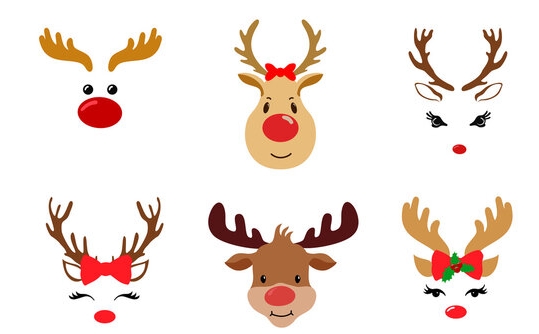The Rudolph Effect: The Impact of Cartoon Reindeer on Holiday Imagery
Cartoon reindeer have played a significant role in shaping our modern holiday imagery, particularly one famous reindeer with a shiny red nose: Rudolph.
Rudolph the Red-Nosed Reindeer: A Cultural Icon
Rudolph, created by Robert L. May in 1939, quickly became a beloved character in American culture.
His story of overcoming adversity and proving his worth has resonated with audiences of all ages for generations.
The Rudolph Effect: Shaping Holiday Traditions
The introduction of Rudolph into holiday imagery has had a lasting impact on how we perceive and celebrate Christmas.
His inclusion in popular culture has led to a proliferation of reindeer-themed decorations, clothing, and merchandise during the holiday season.
Rudolph’s image is often used in advertising, television specials, and children’s books, further solidifying his place as a cultural icon.
A Modern Twist on a Classic Character
While Rudolph may be the most famous cartoon reindeer, he is certainly not the only one to shape holiday imagery.
Characters like Blitzen, Dasher, and Vixen also play important roles in Christmas lore, adding depth and diversity to our seasonal celebrations.
In conclusion, cartoon reindeer, particularly Rudolph, have had a profound impact on how we view and celebrate the holiday season. Their enduring popularity and cultural significance ensure that they will continue to bring joy and magic to this special time of year for years to come.

